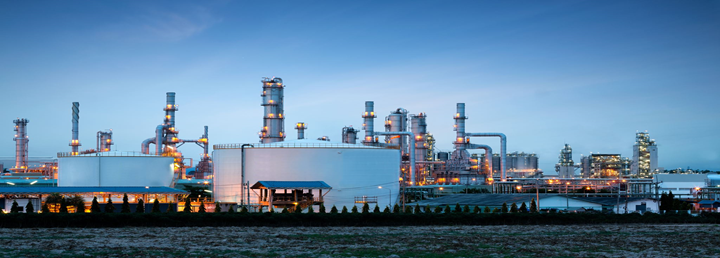Oil prices surged past $100 (£74) a barrel to hit their highest level for more than seven years after Russia launched an invasion of Ukraine.
Russia is the second biggest exporter of crude oil, and is also the world’s largest natural gas exporter.
Russia’s invasion of Ukraine could spell trouble for the U.S. economy, fuelling higher gasoline prices and hampering the post-coronavirus recovery.
Europe gets nearly a third of its oil and around 40% of its gas from Russia, much of it flowing through pipelines across Ukrainian territory. Small wonder then that prices are shooting up.
Brent crude oil has gone above $100 a barrel, while prices for gas on wholesale markets – where domestic suppliers buy what they need – are up sharply as well.
Supplies from Russia do not appear to have been affected – yet. But the fear that they will be, and that there could be a scramble for other resources, is pushing up costs.
Stock markets across Europe are tumbling, as investors fret about the potential economic impact of high energy prices and the potential for much wider sanctions as well.
According to market watchers, higher crude oil prices are major headwinds for a couple of sectors including aviation, paint, tyres and oil marketing companies. Brent crude oil has jumped over 30 per cent to $101.40 on a year-to-date basis till February 24. The commodity was at $77.78 per barrel on December 31, 2021.
While e-commerce has fuelled demand for packaging, pandemic-related labour shortages and shipping constraints are also making it harder to make and deliver the boxes used to carry everything from food to consumer goods.
Reference:
https://www.bbc.com/news/business-60502451
The floating traffic jams off ports. The multiplying costs of moving freight. The resulting shortages of goods. All of this had seemed like an unpleasant memory confined to the COVID-19 pandemic. But no such luck!
An ocean container capacity crunch has hit global trade just as peak shipping season starts, with freight spot rates up some 30% over the past few weeks and heading higher.
The first joint Europe-wide assessment of the drivers and impact of chemical pollution by the European Environment Agency (EEA) and the European Chemicals Agency (ECHA) has concluded that, despite progress in some areas, “more work is still needed to reduce the impact of harmful substances on human health and the environment”. Key findings include:
The severe drought which has forced the Panama Canal, one of the world’s busiest trade passages, to limit daily crossings could impact global supply chains during a period of high demand.
In the early hours of March 26, the Singapore-flagged ship Dali, loaded with 5,000 containers, slammed into Baltimore’s Francis Scott Key Bridge, causing the 1.6-mile (2.5-kilometer) bridge to collapse in a matter of seconds. The Dali was departing for Colombo when the disaster struck. Initial fears were confirmed that half a dozen people lost their lives in the accident.
The pharmaceutical and biotechnology industries constantly seek innovative methods to enhance product stability, solubility, bioavailability and ease of use. Within this realm, CDMOs [Contract Development & Manufacturing Organizations] serve as invaluable partners in the development and production of high-quality drug products.
Chinese New Year 2024 is upon us, disrupting logistics from Asia starting Feb 10th. This event is expected to impact global shipping until Feb 21. Freight rates from Asia has skyrocketed with rates to the US surging by 3.5X and Europe by 6X.
Amid ongoing Red Sea diversions by shipping giants like Maersk, CMA, logistics managers are globally confronting a dual challenge of escalating ocean and air freight prices alongside cargo disruptions due to
Why will CM be the next generation on quality?
